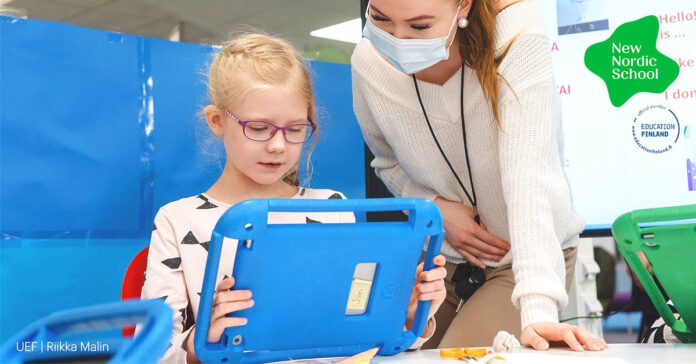
The world of education had long been in need of a catalyst to upend its outdated systems and drive forth innovation, not only in educational standards and policies but also in the very ways by which we approach the average classroom. When this catalyst arrived, it was in the form of a pandemic.
Amidst sudden school closures and frantic attempts to overcome the shortcomings of traditional education models, innovation – particularly technological innovation – became a necessity. Several of the gaps left by the limitations of an in-person classroom were swiftly filled in by video conferencing tools, virtual tutoring, and learning software, among others. There were struggles, solutions, triumphs, and lessons along the way. But today, the introduction of these virtual tools and resources into the classroom has greatly “upgraded” schooling and transformed education at large.
These unique circumstances have also led technology-based educational models such as hybrid learning (part in-person, part virtual) to become the natural next step in the evolution of the learning experience.
“Education can no longer avoid looking at alternatives like hybrid learning that, thanks to technology, can offer schooling even during difficult scenarios in the future”, says Christopher Petrie, Director of Digital Learning at New Nordic School.
“It has woken us up to an alternative that might actually be a better option than the standard method of subjecting all students to the same traditional system that doesn’t consider how they might want to learn or engage with it.”
Guided by this enthusiasm for change, New Nordic School has been developing a hybrid learning model that aims to do more than just combining in-person and virtual learning. It is also dynamically optimized to offer personalized tools and resources for each student.
“The traditional idea of ‘teaching to the middle’ only caters to a small proportion of the class. In fact, we’re all unique in how we like to learn, and require different forms of educational support”, explains Christopher. “Some students benefit from the freedom of self-managed, individualized work that remote learning provides, while others prefer in-person learning and group work with peers and teachers. With the aid of hybrid learning, we are trying to optimize this learning process for each individual student in the way they learn best.”
As Chris elaborates, “Our centralized system takes into account the interests, skills, and abilities of the students and the goals of the teacher to map a learning path for each student. It also offers solutions and recommendations based on these criteria, making it easier for the teacher to plan their lessons and curriculum.”
The platform also offers an online resource library and generates automated reports that track a student’s individual progress as opposed to traditional reports that measure progress only in comparison to other students.
To the uninitiated, this increased incorporation of intuitive technology in the classroom might raise concerns about the devaluation of a teacher’s role in the learning process. However, the intended purpose of these technological integrations is quite the opposite.
“Technology is essentially a paintbrush, a tool, and it should be used to make it easier to do more of what matters most. It is not used to teach vital skills such as social learning and collaboration – only a good teacher can do that. Instead of losing or replacing teachers, the goal of this model is to support them as much as possible in a wide variety of ways. This will allow them to focus more on the fundamentally essential and personal aspects of teaching instead of spending hours on tedious paperwork”, says Christopher.
The impetus towards bringing technology into our classrooms was certainly a response to the challenges created by the pandemic. But now that the world of education has had a long, good look at the possibilities, opportunities, and unique benefits that educational technology can provide, there is no way to go but forward.
In Christopher’s words, “The pandemic has made us question the very purpose of education and the structures and means by which we provide it. There’s a need to modernize, to be aligned with what actually matters today. Models like hybrid learning are designed to help students have a say in their own learning journey while catering to the needed skills of the 21st century and being relevant to the modern world. We have a long way to go before we actually bring education into the new era, but the doors have definitely opened for change.”
Help keep news FREE for our readers
Supporting your local community newspaper/online news outlet is crucial now more than ever. If you believe in independent journalism, then consider making a valuable contribution by making a one-time or monthly donation. We operate in rural areas where providing unbiased news can be challenging. Read More About Supporting The West Wales Chronicle


























